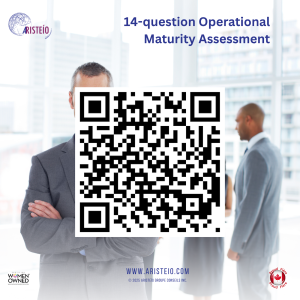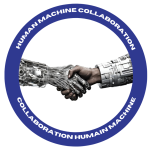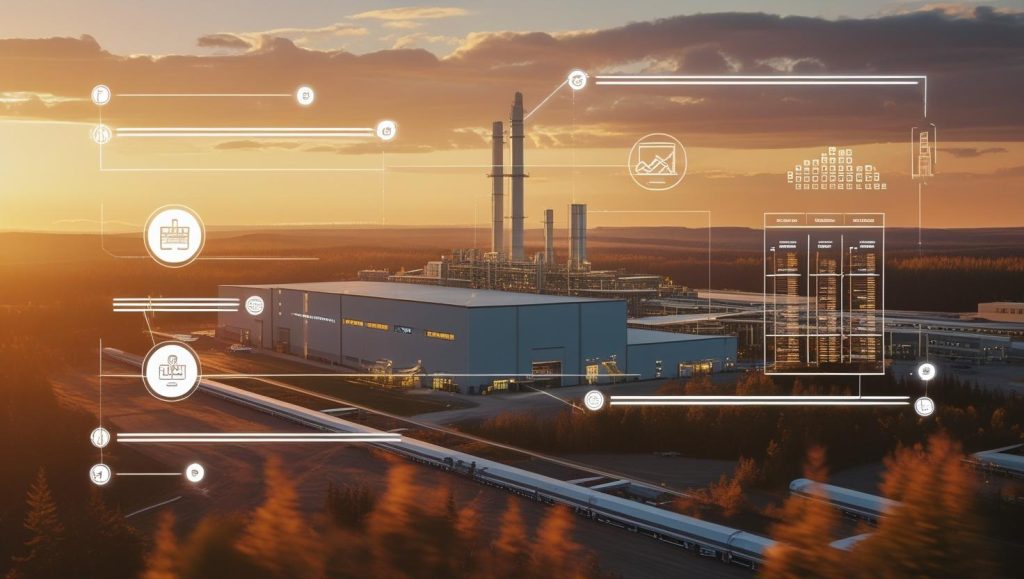
From trust to continuity: why psychological safety is an operational lever
Operational resilience doesn’t start with a crisis plan. It starts with people.
Psychological safety—the climate where everyone can speak up, ask questions, and flag problems without fear of judgment or repercussions—is the invisible foundation that enables teams to respond quickly and learn from disruptions. In a world where unpredictability has become the norm, this human factor is a competitive advantage.
As Benoît Racette, business continuity expert and guest on the Rendez-vous de l’Excellence 5.0 podcast, reminds us, “Resilience is the ability to get through a disruption, recover, and come back stronger.”
But employees must first feel safe to speak up about vulnerabilities before they become crises.
Shocks are inevitable—but chaos isn’t
Supply chain disruptions, technology failures, staff turnover, regulatory changes, or climate-related events… shocks can come from anywhere.
The difference between an organization that collapses and one that recovers lies in its human and organizational preparation—its resilience.
Psychological safety acts as an invisible shock absorber. It allows open discussion about risks and engages teams in finding solutions. This is how a culture of excellence becomes a culture of continuity.
Real-life Example: Bouncing Back After a Power Outage
A mid-sized manufacturing company faced a major power outage. Hydro-Québec announced several hours of downtime at its distribution centre. Production lines were stopped, shipments delayed, and customers waiting for urgent deliveries.
What to do?
No formal plan existed to deal with such an event. The team had two options: wait passively for the power to return or act quickly to limit the impact. They chose the latter—communicating proactively with clients and transporters, rescheduling deliveries to another site, and reducing idle-time costs.
Actions taken
- Quickly extracted delivery schedules from a laptop still running on battery.
- Used mobile CRM to access clients and partners contact information.
- Formed a small task force to call, reschedule, and update customers.
Result
Clients were promptly informed and redirected where possible. The company maintained adequate service levels, limited holding costs, and reduced pressure on operational teams.
This effective response began with one employee who took the initiative to communicate as soon as the outage began. Even without a crisis plan, her actions inspired a new procedure: the team later documented and integrated these steps into an official power outage response plan.
This case shows that a culture of trust and autonomy enables effective action—even without a formal plan. Psychological safety creates the conditions for good ideas to surface at the right time.
Interoperability: the new reflex of resilience
As Mr. Racette notes, “Nothing in an organization operates in isolation.”
Every function, decision, and dependency—whether with suppliers or clients—has ripple effects elsewhere.
Modern resilience depends on cross-functional collaboration and shared visibility of risks. Operations, IT, quality, finance, and HR must speak the same language of risk and preparedness.
This is where tools from operational excellence—such as FMEA (Failure Modes and Effects Analysis) or collaborative process reviews—prove their worth.
They provide a structure to identify, prioritize, and address vulnerabilities, while also training teams to think proactively.
From reaction to prevention: embedding resilience in the culture
The most resilient organizations aren’t those that avoid crises, but those that learn from them.
Each incident, disruption, and challenge becomes a source of collective knowledge.
For this dynamic to take hold, three conditions are essential:
- Engaged and exemplary leadership. Without active executive support, resilience remains a one-off initiative.
- Safe spaces for dialogue. Ideas and weak signals must be free to circulate.
- Shared accountability. Everyone—from the shop floor to senior management—has a role in prevention, response, and improvement.
Resilience is not a plan or a checklist—it’s an organizational mindset that connects trust, clarity, and the ability to act together.
How to begin your operational resilience journey
- Identify your vulnerabilities.
Map critical dependencies, bottlenecks, and human or technological risks. - Train teams to think in terms of risk.
Far from being fear-based, this skill becomes a strategic advantage. - Integrate resilience into continuous improvement.
Make crisis management a natural extension of operational excellence.
By combining process discipline with human trust, organizations become truly resilient and able to adapt to the unexpected.
Further reading
- Internal source: How Psychological Safety Drives Performance
Conclusion: psychological safety as the compass of resilience
True excellence isn’t about perfection—it’s about the capacity to adapt.
And that capacity rests on mutual trust.
When psychological safety exists, risks are identified sooner, solutions are shared more widely, and teams grow stronger in the face of uncertainty.
This is how organizations that put people at the heart of their excellence become, step by step, resilient by design.
Want to know if your organization is ready to withstand disruption.
Discover your operational maturity level with our Operational Maturity Assessment Tool.
A simple, quick way to identify where to focus your efforts—and engage your teams toward lasting resilience.

Frequently Asked Questions (FAQ)
What is operational resilience?
Operational resilience is an organization’s ability to prepare for, respond to, and recover from unexpected disruptions while maintaining critical operations.
How does psychological safety improve performance?
Psychological safety encourages open communication and trust, allowing teams to detect risks earlier, solve problems faster, and innovate more effectively.
What are the first steps to build a resilient organization?
Start by identifying vulnerabilities, training teams to assess risks collaboratively, and integrating resilience into continuous improvement efforts.
About Veronica B. Marquez, M.Sc., CSSBB
 I help growing manufacturing and service organizations scale without chaos—by turning operational challenges into sustainable performance gains. My superpower is making strategy real at every level of the business: connecting people, processes, and purpose to drive productivity, engagement, and resilience. I bring clarity to complexity and help teams execute better, faster, together. Through a proven lens of operational excellence, continuous improvement, and supply chain optimization, I work with leaders to align efforts, simplify execution, and create systems that actually support growth.
I help growing manufacturing and service organizations scale without chaos—by turning operational challenges into sustainable performance gains. My superpower is making strategy real at every level of the business: connecting people, processes, and purpose to drive productivity, engagement, and resilience. I bring clarity to complexity and help teams execute better, faster, together. Through a proven lens of operational excellence, continuous improvement, and supply chain optimization, I work with leaders to align efforts, simplify execution, and create systems that actually support growth.
Named one of the Top 50 Experts in Operational Excellence by the PEX Network, I bring over 20 years of experience across sectors like manufacturing, distribution, mining, and public services. I teach Lean Six Sigma at the executive education level, lecture on service design in a master’s program, and host a LinkedIn Live series focused on Excellence in Industry 5.0. Ready to explore how operational excellence can transform your business? Reach out https://www.linkedin.com/in/veronicabm/.
📷 Canva








